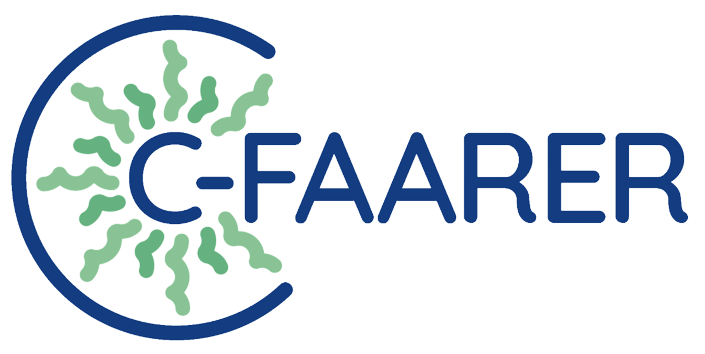Norway’s harsh and fruitful coast.
Norway has the second largest coastline in the world, 90,000 km2 within our sea boundary. This is the size of Norway’s, Sweden’s, Finland’s, and Denmark’s agricultural areas combined. Norwegian communities and towns along our coast are built on resources from the sea, mainly fish, but we have also had large industries based on seaweed. Since people first migrated to Scandinavia following the melting ice, (the Middle Ages), seaweed has been used for food, and with agriculture, for fertilizer and animal feed. The Vikings took the red algae with them on their voyages to avoid scurvy, and from 1750-1900 workers along the coast burned the seaweed to use in the production of glass and iodine. It was a major export to the British market.
In modern times, our habits of eating seaweed have been forgotten, but now it has found its way back into our diet. Our cold pristine water is perfect for growing kelp. We are constantly looking for cross-over knowledge from other sectors such as agriculture, other aquaculture, fisheries, and off-shore technologies. To make our kelp competitive, we need to implement more effective technology and to lower the production costs.
We need jobs and sustainable development to maintain viable and resilient communities along our coast. We need to develop the new industry in close collaboration with key stakeholders, citizens, and existing industry to ensure it has public acceptance and leaves nature and communities in good or even better condition. We are very excited about the C-FAARER project and look forward to the vital work ahead.

